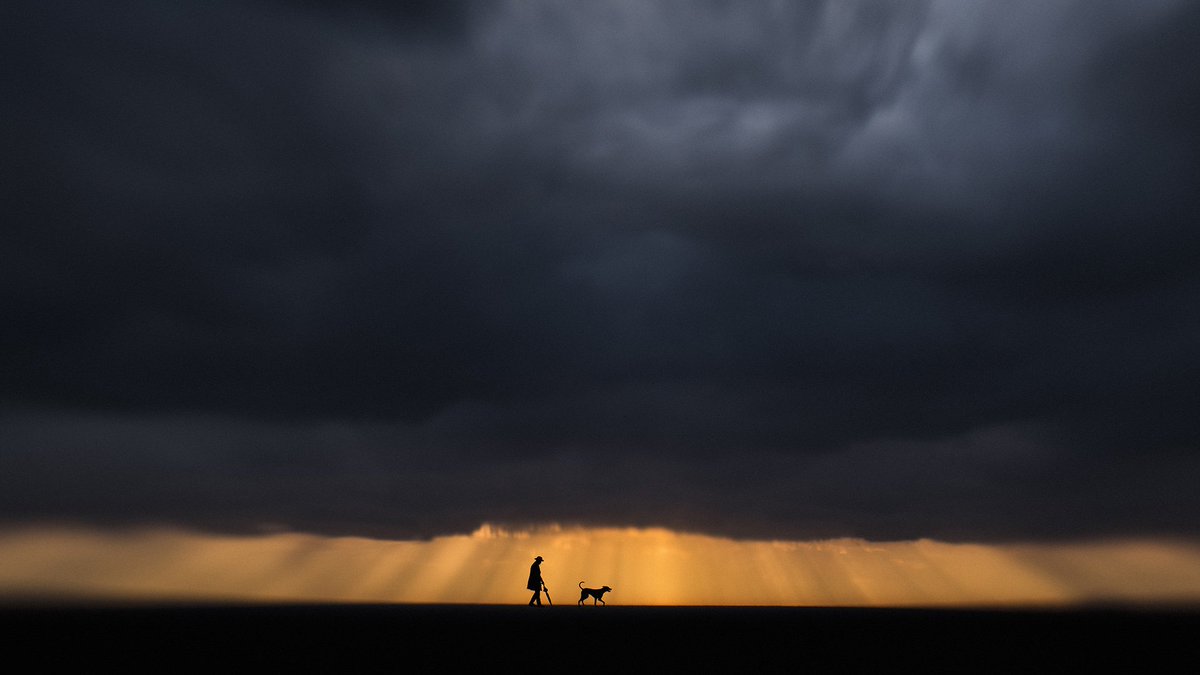A little tribute to the Moat Ward, Naas Hospital.
When I was a boy, there was a field near home with a Norman moat that overlooked a small bog. Legends said there was buried treasure there, chalices hidden by the monks at the suppression of the monasteries but that a black dog would chase away anyone who tried to dig them up. It was a fine outpost from which to look out over the small valley, a place for dreams and hopes, for picnics and children’s games, where friendships were forged as boyish war-games took shape, where hide-and-seek could last for hours, where birds nested and young trees grew. To this day, it is a little oasis of memory, of peace and of quiet.
I sometimes think of the Normans who lived there almost a thousand years ago. In some ways, their experience was the same. This was to be a place of security and refuge, where they could pull up the drawbridge if any enemy came, where they could look out from a perch of comfort across the small, hidden valley, where homes were made and dreams were forged. This was a place where a new community became an old community and where the words and work of a living fellowship left their mark on the very landscape for those to whom that fellowship would be the stuff of his tory.
What mark will we leave on the landscape to make memory of our moment in history? In a thousand years, where will be our moat, the place where our dreams were forged and our words were spoken? Where will our chalices be buried?
One day, on a call to the Covid patients in Moat, I took a moment of fright at the bottom of the stairwell. It was all too frighteningly real—the threat of infection, the PPE, the patients who would die without family present. I thought of climbing the moat at home—a little adventure on a summer Sunday, one step at a time along the foxpath through the furze-bushes. Maybe we would find the buried treasure and return home with silver chalices…..
And maybe I did. Climbing the stairs to the Moat ward was so similar to the childhood charges up the moat. Those who worked there fast became more than associates, as their kindness and steely courage made me proud to be even slightly associated with them: the caterers with their rebelliously good food, almost as if this virus needed to be told that it was not invited to the feast; the Moldovan cleaners with few words of English but with a smile that communicated a communion without speech; the nurses and doctors, from Ireland, India, Australia, South Africa, the Philippines and so many other places, countering the terrorism of this virus with care, fellowship and goodwill; the patients whose last words I was privileged to hear and for whom I stood in the place of a son or daughter to give the final words of peace and reassurance and to hear their last heaves of thankful breath. Maybe I did return home with a silver chalice, brimming over with the sacrament of their presence in the world, which really was the grace of Christ made manifest.
Yes, when the black dog of Covid tried to chase us away, we kept searching for that buried treasure, that silver chalice of hope and healing, of peace and light. If I helped to bring peace where healing could not reach, I am thankful, hugely thankful and hopeful that it made a difference! This is our moat and like the thousand–year old monument, it will mark the landscape of memory as people for times to come will know that in this place, a community of care took on the greatest threat of more than 70 years with resilience, courage and some gorgeous carrot cake (Thanks, Triona!)

Wonderful! Thanks you your heroism.
Keeping the drawbridge open.